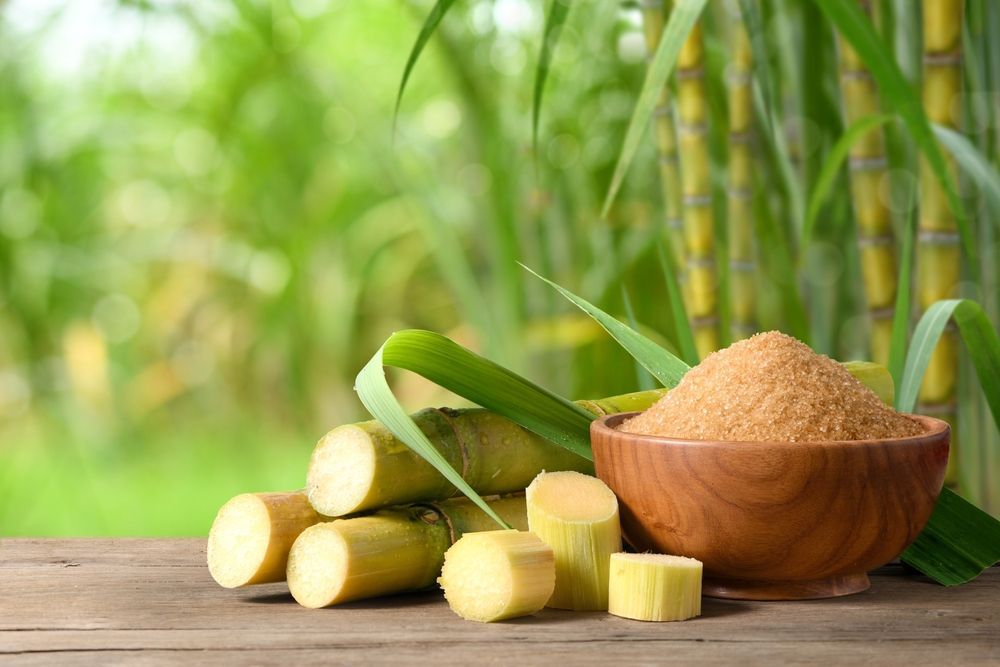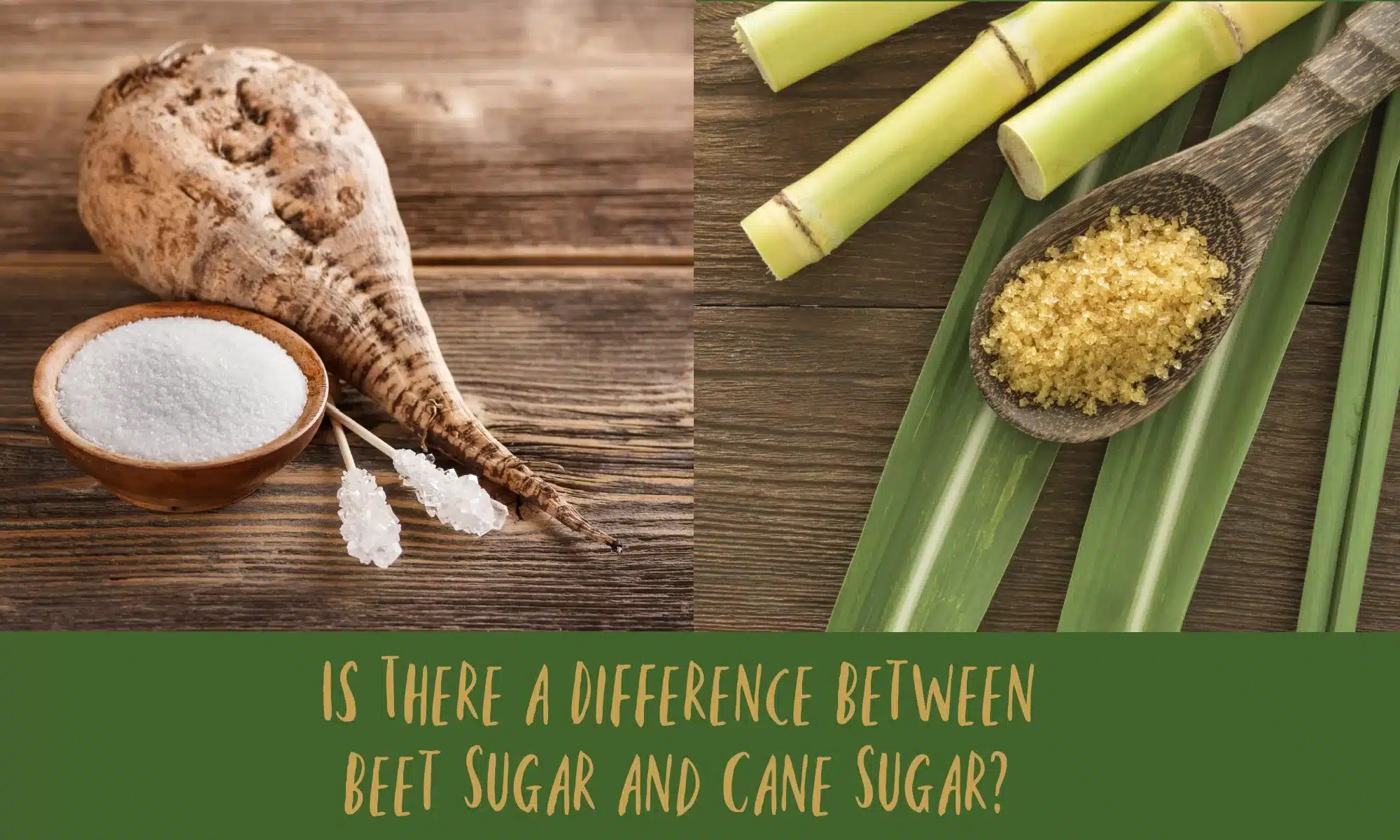Many health-conscious buyers wonder if beet sugar vs cane sugar makes a difference in dietary impact.
Understanding the Nutritional Benefits of Beetroot Sugar Vs Cane Sugar for Wellness Conscious Consumers
When checking out the nutritional effects of beetroot sugar versus walking stick sugar, health-conscious customers find that both varieties largely consist of sucrose and offer similar calorie values, each contributing around 16 calories per teaspoon. In spite of this similarity, neither type provides substantial health and wellness advantages, as they are without important nutrients. Discovering the wider influences, including environmental factors to consider and long-lasting health impacts of sugar consumption, could light up much more nuanced differences in between these 2 sugars.
Nutritional Account and Caloric Worth of Beetroot Sugar and Walking Cane Sugar
Although both beet sugar and walking cane sugar are mainly composed of sucrose, their dietary accounts and calorie values are remarkably comparable. Each provides about 16 calories per teaspoon and is composed nearly entirely of carbohydrates, with minimal amounts of protein or fat. These sugars also do not have considerable amounts of vitamins or minerals. The improvement process remove many of the integral nutrients, rendering both types almost identical in terms of nutrition. There are trace differences in the contaminations that stay after processing, which can somewhat influence the taste and color of the sugars, however these are negligible in regards to wellness influence. For consumers concentrating on nutritional influence, the option between beet and walking stick sugar is a lot more regarding personal preference or prospective environmental concerns instead of dietary differences. Both must be eaten in moderation within a well balanced diet because of their high caloric content and absence of important nutrients (beet sugar vs cane sugar).
Ecological Impact and Sustainability of Sugar Production
While the dietary distinctions in between beet sugar and cane sugar are marginal, their production processes present more considerable disparities, specifically in terms of environmental impact and sustainability. Walking cane sugar production usually entails substantial land usage and logging, which contributes to environment damage and biodiversity loss. This agriculture is additionally related to high water consumption and water air pollution because of the drainage of pesticides and fertilizers. In contrast, beet sugar production usually requires much less land and can be cultivated in even more pleasant climates, which may decrease the requirement for watering and the associated water resource deficiency.
Nevertheless, beetroot growing is not without its ecological challenges; it includes considerable power inputs, specifically in the north environments where it is expanded, as a result of the demand for longer home heating durations in sugar handling. Both sugar beetroot and sugar walking cane sectors are discovering extra lasting techniques, consisting of crop rotation, natural farming, and improved waste monitoring techniques to alleviate these effects.
Health And Wellness Consequences and Recommendations for Sugar Usage
In spite of their minimal nutritional distinctions, both beetroot sugar and walking stick sugar can see this have harmful health effects when eaten in unwanted. High intake of either kind of sugar adds to a series of health and wellness problems, including excessive weight, kind 2 diabetic issues, and heart disease. Both that site sugars are pure sucrose and deal no crucial nutrients in addition to calories, resulting in rapid spikes in blood sugar level degrees upon consumption.


Conclusion
